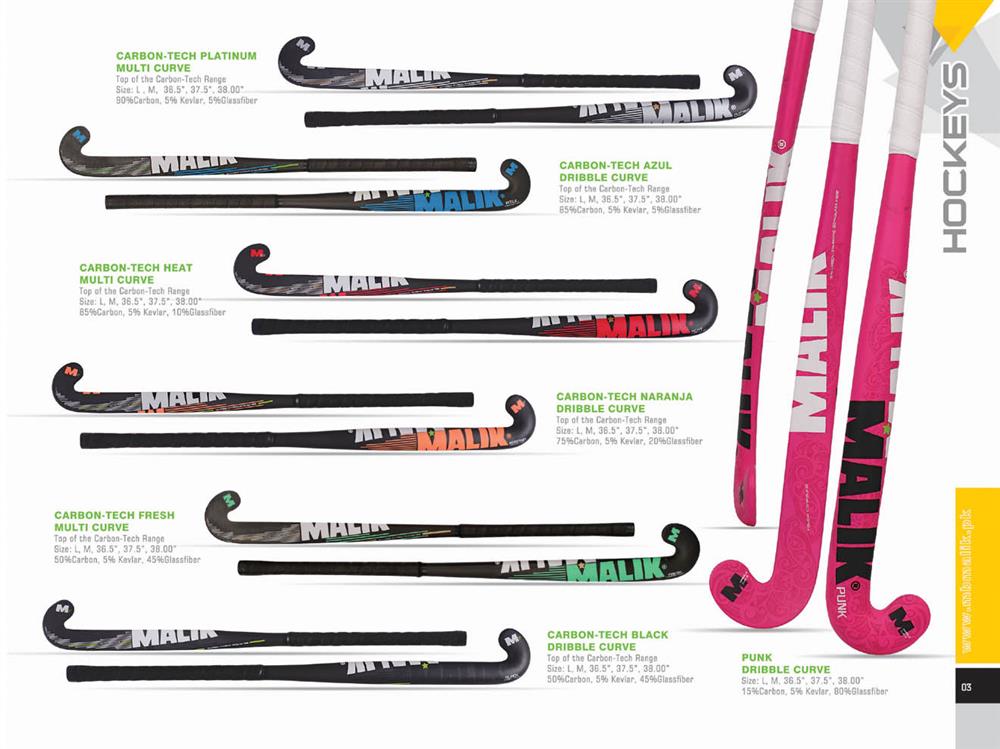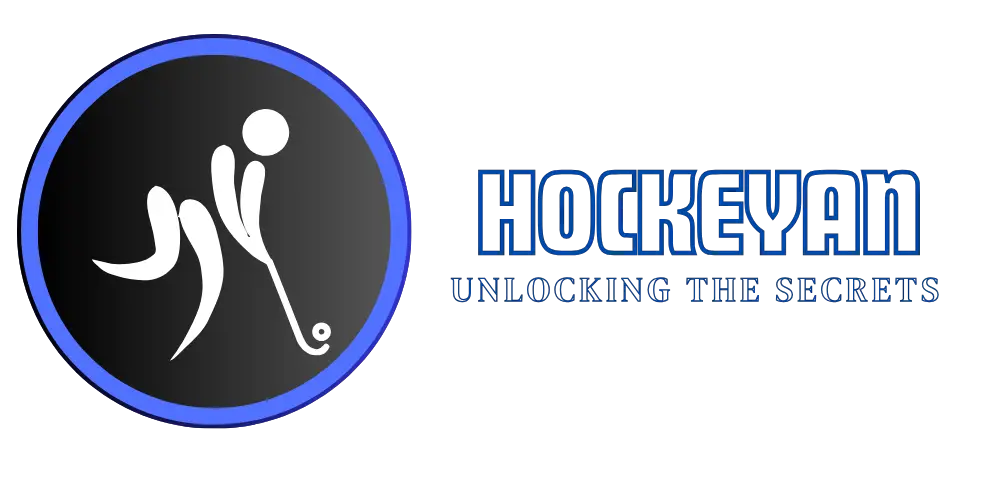Measuring a field hockey stick is crucial for performance. The right stick ensures control and comfort.
Choosing the correct field hockey stick size can impact your game significantly. Too long or too short, and you might struggle with balance and handling. In this guide, you’ll learn the simple steps to measure a field hockey stick properly.
This knowledge will help you find the perfect fit. Whether you’re a beginner or a seasoned player, knowing your stick’s size is key. Ready to improve your game with the right equipment? Let’s dive into how to measure a field hockey stick accurately. Your perfect stick awaits!
Choosing The Right Stick Length
Choosing the right field hockey stick length is crucial for player performance. The proper stick length enhances control, accuracy, and comfort. It helps in better ball handling and shooting. There are two key factors to consider: height and playing style.
Height Considerations
Your height is the first factor to consider. A taller player needs a longer stick. A shorter player requires a shorter stick. Use a simple rule to measure. Place the stick next to your body. The top should reach your hip bone. This ensures the stick is the right length for your height. An improper length can cause poor posture. It can also affect your balance on the field.
Playing Style Influence
Playing style also affects stick length choice. Defenders may prefer longer sticks. This helps in reaching and tackling. Midfielders often choose a balanced length. They need to pass and defend effectively. Forwards usually opt for shorter sticks. This allows for better maneuverability and quick shots. Understanding your role in the game can guide your choice. Choose a stick that complements your playing style.

Credit: www.networldsports.com
Measuring Stick Length
Choosing the right field hockey stick length is crucial for optimal performance. The correct length ensures better control and comfort during play. Measuring the stick length accurately helps in selecting the right equipment.
Using A Measuring Tape
Use a measuring tape to determine the stick length. Stand the stick upright next to you. Hold the top end with one hand and the bottom end with the other. Ensure the stick touches the ground.
Measure from the ground to the top of the stick. The stick should reach your hip bone. This is a good starting point for most players. Adjust according to personal comfort and play style.
Standard Length Guidelines
There are standard guidelines for stick lengths based on player height. For players under 4 feet, a 28 to 30-inch stick works well. Players between 4 and 4.7 feet should use a 30 to 32-inch stick. Those between 4.7 and 5.1 feet may prefer a 32 to 34-inch stick.
Players between 5.1 and 5.4 feet often find a 34 to 36-inch stick comfortable. For players taller than 5.4 feet, a 36.5 to 37.5-inch stick is ideal. These guidelines help in making an informed decision.
Determining The Correct Weight
Choosing the correct weight for a field hockey stick is crucial. It can significantly impact your performance on the field. The weight of your stick affects your control, swing speed, and overall comfort during play. Understanding how to determine the correct weight is essential for every player.
Light Vs. Heavy Sticks
A key factor in selecting the right stick is deciding between a light or heavy one.
Light sticks typically weigh between 18-21 ounces. They offer faster stick movement, allowing for quicker dribbling and swift passes. This makes them ideal for players who rely on speed and agility.
Heavy sticks weigh around 22-24 ounces. They provide more power and stability, which is useful for strong hits and defensive play. These sticks are better suited for players who need to deliver powerful shots or make solid tackles.
Player Position Impact
The position you play also influences the ideal stick weight. Different positions require different skills and strengths.
| Position | Recommended Stick Weight |
|---|---|
| Forward | Light (18-21 ounces) |
| Midfield | Medium (19-22 ounces) |
| Defense | Heavy (22-24 ounces) |
| Goalkeeper | Varies (Personal preference) |
Forwards benefit from lighter sticks. They need quick maneuvers and rapid passes.
Midfielders often use medium-weight sticks. They balance between speed and power, enabling both offensive and defensive play.
Defenders prefer heavier sticks. They need to make powerful tackles and clear the ball effectively.
Goalkeepers have unique needs. Their stick weight varies based on personal preference and playing style.

Credit: www.fieldhockeysticksusa.com
Grip And Handle Measurements
Measuring a field hockey stick involves understanding the grip and handle. These two components significantly impact your control and comfort. Let’s dive into the details of grip thickness and handle length.
Grip Thickness
The thickness of the grip is crucial. It affects how you hold the stick. A thicker grip may feel more comfortable for players with larger hands. A thinner grip suits those with smaller hands.
To measure the grip thickness, use a tape measure. Wrap it around the grip at its widest point. Note the circumference. Here are some common grip thickness measurements:
| Grip Type | Thickness (inches) |
|---|---|
| Thin | 1.5 – 1.8 |
| Standard | 1.8 – 2.1 |
| Thick | 2.1 – 2.4 |
Handle Length
The length of the handle is another key factor. It determines your reach and control. To measure the handle length, follow these steps:
- Place the stick on a flat surface.
- Use a ruler or tape measure.
- Measure from the top of the handle to the bottom of the grip.
Here are standard handle lengths for different player heights:
| Player Height | Handle Length (inches) |
|---|---|
| Under 4′ 6″ | 28 – 32 |
| 4′ 6″ to 5′ 4″ | 32 – 35 |
| 5′ 4″ to 5′ 10″ | 35 – 37.5 |
| Over 5′ 10″ | 37.5 – 38.5 |
Choosing the right grip thickness and handle length can enhance your game. Make sure to measure accurately for the best fit.
Expert Tips For Accurate Measurement
Measuring a field hockey stick correctly is crucial for performance. The right length can improve control and comfort. Here are some expert tips to ensure you measure your field hockey stick accurately.
Common Mistakes To Avoid
Many players make mistakes while measuring their sticks. Here are some common errors and how to avoid them:
- Using the wrong tools: Always use a measuring tape for accuracy.
- Incorrect starting point: Measure from the ground up, not from the top.
- Not considering shoes: Wear your playing shoes during measurement.
- Ignoring body posture: Stand straight to get the correct measurement.
Professional Recommendations
Experts suggest following these recommendations for precise measurement:
- Stand upright: Keep your back straight and feet together.
- Place the stick: Position the stick next to your body.
- Measure carefully: Measure from the ground to your hip bone.
If you’re between sizes, choose the shorter stick. It offers better control for beginners. Experienced players might prefer a slightly longer stick for extended reach.
Use this table to guide your selection:
| Height (in feet) | Stick Length (in inches) |
|---|---|
| 4’0″ – 4’6″ | 28″ – 32″ |
| 4’7″ – 5’0″ | 32″ – 34″ |
| 5’1″ – 5’4″ | 34″ – 36″ |
| 5’5″ and above | 36.5″ – 38″ |
Remember, comfort is key. Choose a stick that feels right. Follow these tips and you’ll find the perfect stick for your game.

Credit: www.networldsports.com
Frequently Asked Questions
How Do I Measure A Field Hockey Stick?
Place the stick upright against a wall. Measure from the floor to the top.
What Size Hockey Stick Do I Need?
Measure from the ground to your hip bone. Choose a stick that matches this length.
Why Is Stick Length Important In Field Hockey?
Correct stick length ensures better control, comfort, and performance during the game.
Can I Use A Longer Stick?
Using a longer stick can make control harder. Stick to the recommended length.
What Happens If My Stick Is Too Short?
A short stick can cause back pain and limit your reach on the field.
How Do I Know If My Stick Is The Right Length?
The stick should reach the top of your hip bone when standing upright.
Are There Different Sizes For Kids And Adults?
Yes, kids’ sticks are shorter. Adult sticks are longer to match their height.
Is There A Standard Size For Field Hockey Sticks?
There is no standard size. Stick size depends on the player’s height and preference.
Can I Adjust The Length Of My Stick?
No, field hockey sticks cannot be adjusted. Choose the right size from the start.
Conclusion
Measuring a field hockey stick is easy with the right steps. First, consider the player’s height. Then, check the stick’s length and weight. Ensure the stick feels comfortable. Practice with it to confirm the fit. A well-measured stick improves performance.
Remember, the correct size enhances control and safety. Always choose a stick that suits your playing style. Now, you’re ready to enjoy field hockey with confidence. Happy playing!




